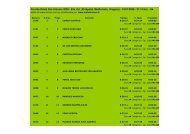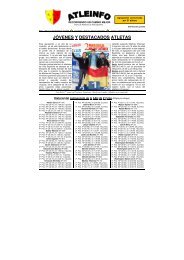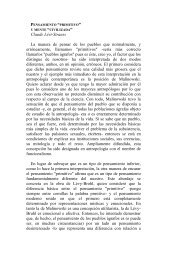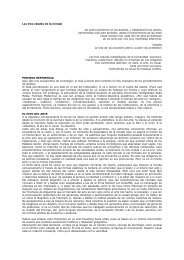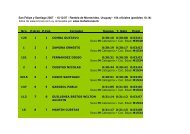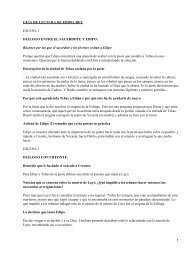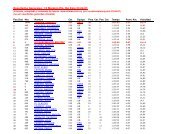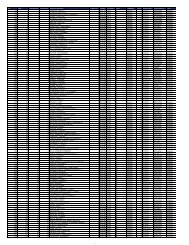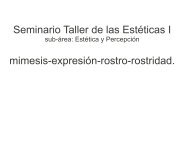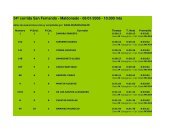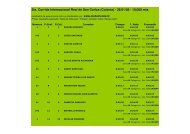El objeto estético.
El objeto estético.
El objeto estético.
You also want an ePaper? Increase the reach of your titles
YUMPU automatically turns print PDFs into web optimized ePapers that Google loves.
MLVT Operations and Contingency PlanningOperators employing MLVTs on their Oil and Gas Locations must comply with the testing and reinspectionrequirements and associated written standard operating procedure (SOP) listed in the design package above.However, testing and reinspection SOPs must be implemented at least every 50 set‐ups regardless of what thedesign package states. Records of these inspections and action items must be maintained for a period of atleast 5 years per Rule 205 and must be provided to the COGCC upon request.Signs must be posted on each MLVT to indicate that the contents are fresh water and that no E&P waste fluidsare allowed. Location and additional signage must include name of Operator, Operator’s emergency contacttelephone number, tank capacity, and tank contents.MLVTs will be operated with a minimum of 1 foot freeboard at all times.Access to the tanks must be limited to operational personnel and authorized regulatory agency personnel.Operator, contractor, or MLVT owner must conduct daily visual inspections of the exterior wall of a MLVT andthe surrounding area for any integrity deficiencies. If deficiencies are noted, they must be repaired as soon aspracticable. Records of repairs made must be maintained per Rule 205 and must be provided to the COGCCupon request.Each Operator must develop a contingency plan/emergency response plan for any MLVT leak or catastrophicfailure of the tank integrity and resulting loss of fluid. The contingency plan should include procedures fornotifying all required regulatory agencies, and local emergency authority (municipality, county or both). Thisincludes filing a Form 22‐Accident Report within 10 days after discovery, conducting a “root cause analysis”,and providing it to the COGCC on a Form 4‐Sundry Notice within 30 days of the failure. Best ManagementPractices (BMPs) must be employed to prevent injuries, property damage or environmental impacts, such aserosion of onsite sediment into nearby surface water. The contingency plan must be made available to theCOGCC upon request.4




